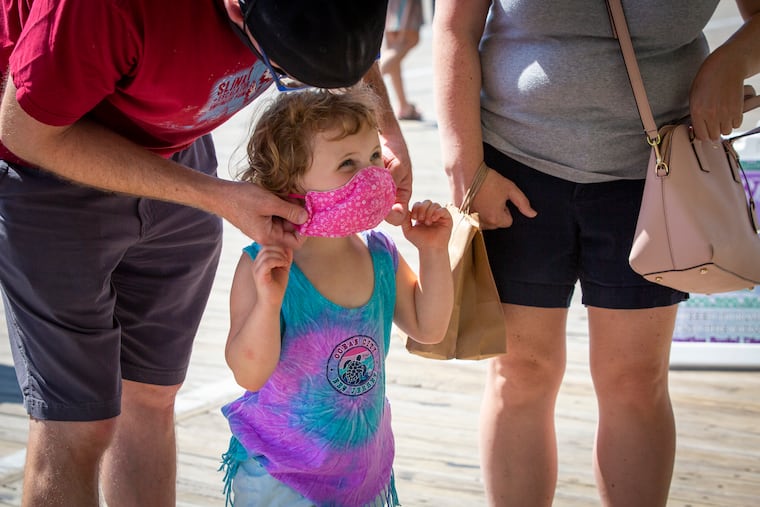Your pandemic guide to traveling with unvaccinated kids right now
The CDC says fully vaccinated people can travel within the U.S. If you have kids, experts say you may want to wait.

The CDC says fully vaccinated people can travel within the U.S. If you have kids, experts say you may want to wait.
